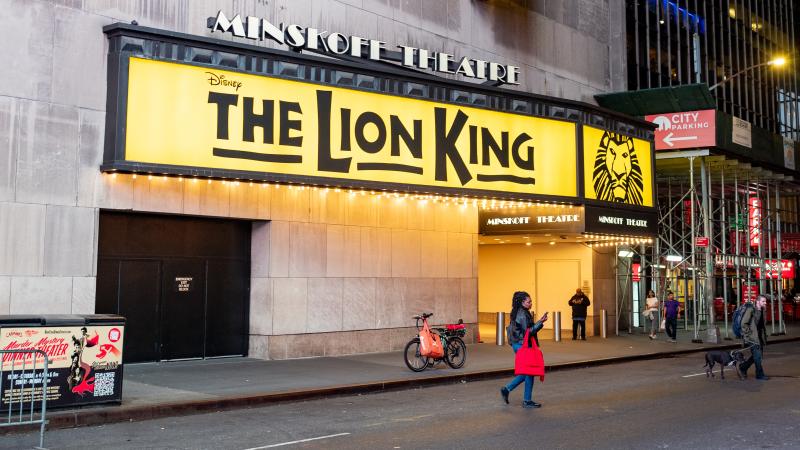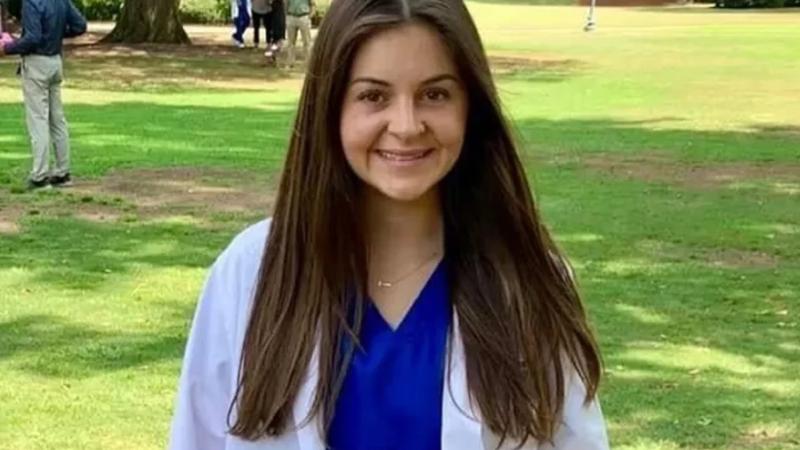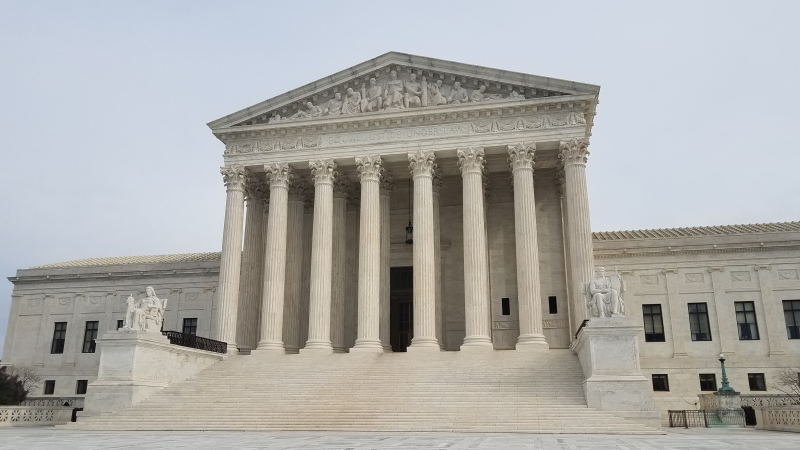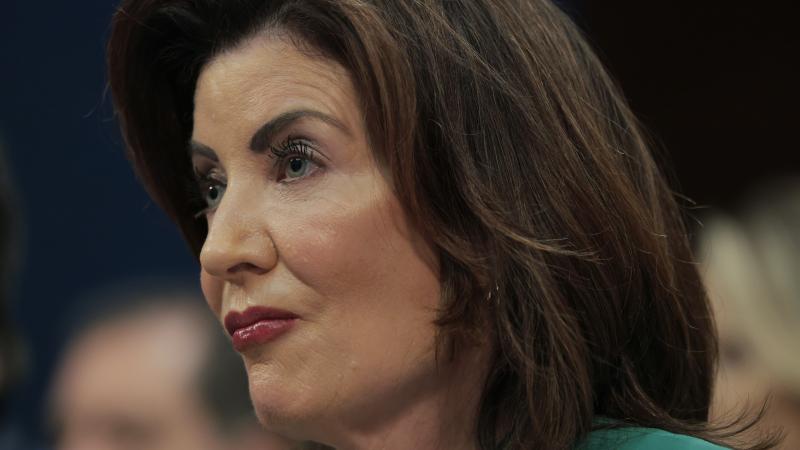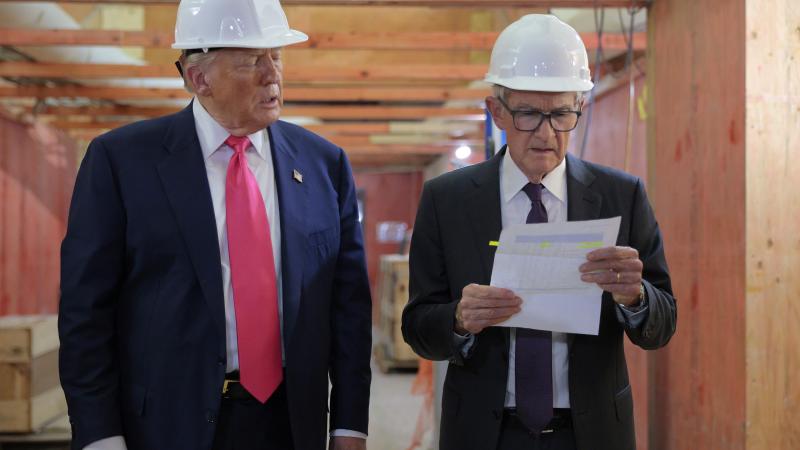NYC officials consider gun detectors in subways after two recent shootings – cost, manpower factors
NYC Mayor Eric Adams, a former city police captain, is behind the idea, at least on a test basis
Following a recent series of shootings on New York City subways, Democrat Mayor Eric Adams is proposing the instillation of scanners in the sprawling rail-transit system that can detect somebody carrying a gun.
The technology needed for a system like that is already in use at venues such as sports stadiums and theme parks. However, security industry professionals say that installing such a system in New York City's subway system would be a difficult, if not impossible task.
The tech is not so much the issue, rather the fact that the machinery would need to be accompanied by human operators in order to confront individuals carrying illegal firearms.
"Logistically, it would be a nightmare," retired New York Police Department Capt. James Dooley told the Associated Press. "You’re going to have to tie up a lot of officers doing this. We have hundreds of stations, and the fact of the matter is that putting someone at every entrance to every station is logistically impossible."
Adams, also a former police captain, understands the system could be challenging to implement but has suggested trying it at select locations.
"We want to be able to just pop up at a station someplace so people don’t know it’s there, similar to what we do when we do car checkpoints," he said.
Subway security as an issue has received renewed attention in recent weeks, following a mass shooting in April after a gunman set off smoke bombs and sprayed a Brooklyn subway car with bullets, injuring 10 people.
In May, a Goldman Sachs researcher was killed by a gunman in what authorities are saying is another random subway attack.
The proposed screening system would implement sensors to detect metal and would also be able to detect the shape of the metal object – such as that of a gun – as unaffected commuters pass by uninterrupted.
It is unclear exactly how much a system such as the one proposed by Adams would cost, but the bill would likely be steep, according to experts, considering the system has roughly 248 miles of routes.
"If you have a determined assailant, you’re not going to just have a security guard there; you’ll have to have a police officer," Donnell Harvin, a senior policy researcher at the Rand Corp. and a former security chief for the Washington, D.C., government told the AP. "It’s tough. You can harden every station, but who’s going to want to pay a $10 fare? Because the cost is going to be passed on to the rider."

